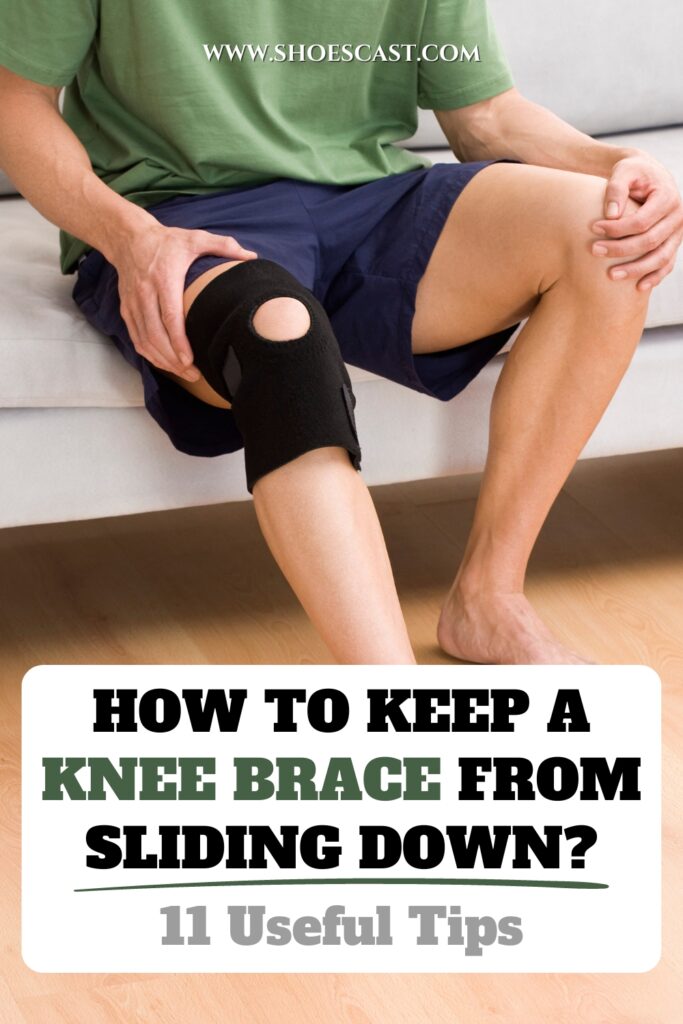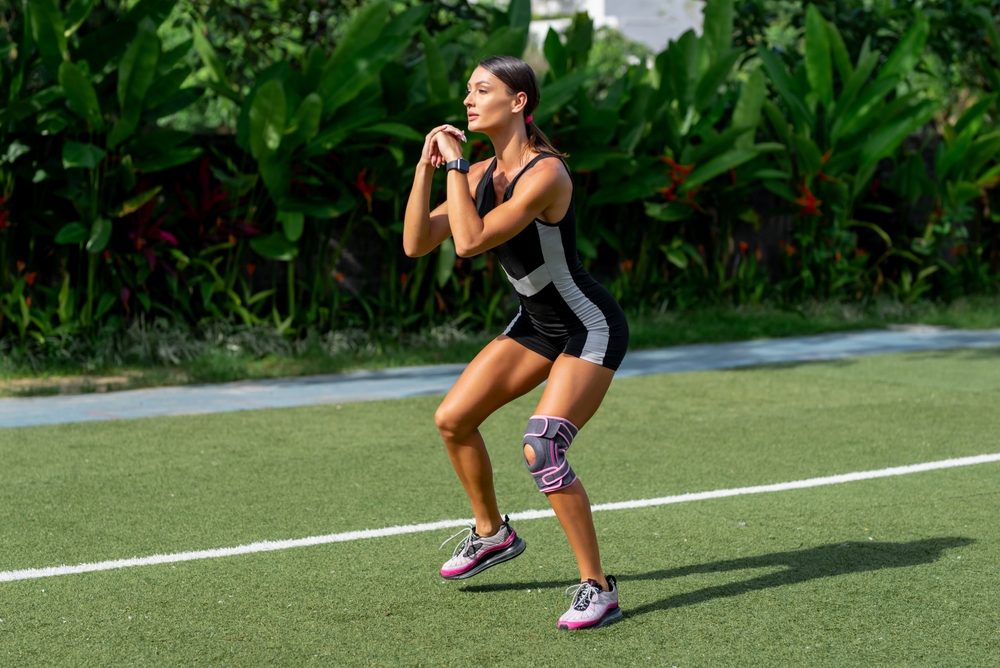“OMG! Not only do I have to wear this stupid knee brace, but I also have to constantly readjust it as it keeps falling down?! If only I knew how to keep a knee brace from sliding down my leg.”
This is roughly the message one of my closest friends sent me a couple of days ago. He is known in our friend group as a basketball aficionado as he loves to both watch and play this sport.
However, he’s also the careless one in our group, so it was only a matter of time before his favorite sport got the better of him.
Now he is spending his days with a knee brace on his legs, anticipating the day when he’ll finally fully recover and get back to the basketball court.
Wearing a knee brace when all you want to do is lead your usual active life is definitely not something anyone looks forward to. Sure, it’s a great tool that helps your knee to be supported and to properly heal, but it’s also something that generally slows you down and limits your range of motion.
And it’s also something that has an annoying habit of sliding down your leg.
Luckily for all of you who are (unfortunately) struggling to keep your knee brace from sliding down, there are a couple of things you can do to keep it “glued” to its place. Want to know what those things are? Then keep on reading!
How to keep a knee brace from sliding down?

1. Pick the right knee brace for you
The first and most important step you have to take when aiming to find a brace that won’t be sliding down your leg is to choose the suitable style of knee brace for your specific needs.
What do we mean by this? Well, to put it plainly, the graver the injury the more likely is the fact you’ll need a full-on hinged knee brace. For some milder injuries, you’ll probably get away with using knee sleeves or patellar straps.
So the style you decide on will affect the fit of the knee brace which will make it less likely to slide down your leg.
2. Put the brace on your knee the right way
Next, you need to ensure the brace you opt for is put on your leg the right way. There are three simple steps you need to follow:
- Roll up the pant leg or wear something shorter. The knee brace has to adhere directly to your skin. The more material you have between your leg and your brace, the likelier the brace will be sliding down.
- Slip your foot through the brace, and slide it upwards until it’s centered on your knee.
- If you need to wear a wrap-style brace, position the brace behind your knee, put the inside pad on your knee, and wrap the surrounding straps around it.
When it comes to centering the brace on your knee, the majority of knee braces come with a small hole in front which actually serves as a great guide. That hole is supposed to be positioned on top of your kneecap, so it can poke through.
When everything is properly positioned and aligned, only then can the knee brace be tightened. You will be sure the brace is tight enough for your needs when it doesn’t slip down or feel like it’s cutting your circulation off.
3. Do the two-finger test
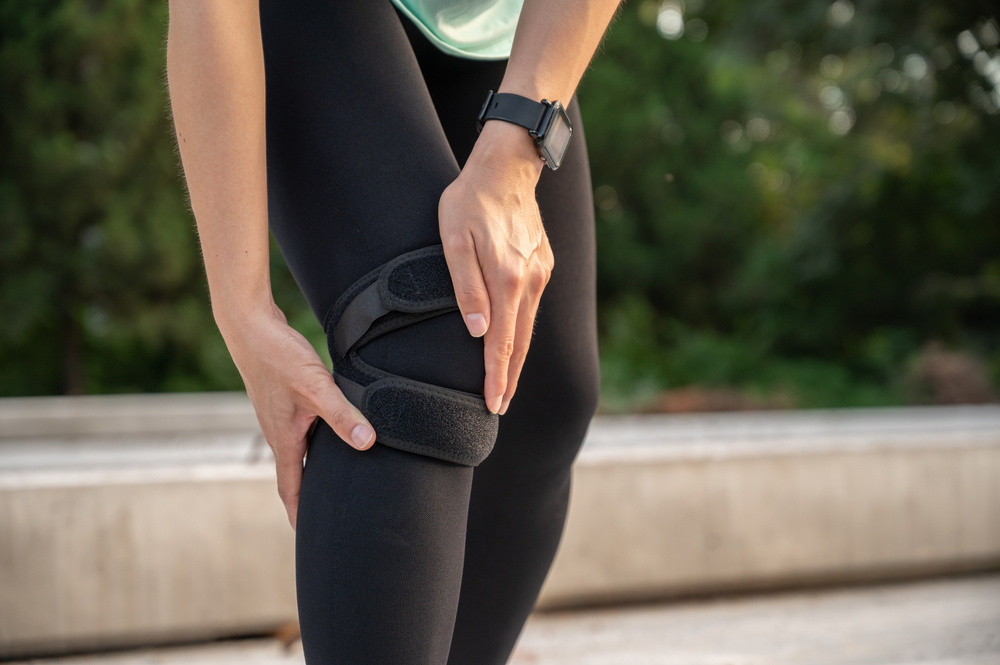
If you want to be one hundred percent sure the knee brace is properly tightened and won’t slip down your leg do the two-finger test.
Take your index and your middle finger and place them under the strap of your knee brace. If there’s room to fit the third finger, your brace is too loose, and it’ll definitely slide down your leg over time. But if you struggle to fit those two fingers, the brace is too tight.
Do this test for every strap you have on your knee brace.
4. Think about the clothes you’re wearing
If you’re wondering, “How to keep a knee brace from sliding down?” you are also probably asking whether the clothes you’re wearing have a say in it.
Right off the bat, yes they do! Wearing something tight on your legs, something that requires you to wear your knee brace over your clothes will cause your brace to slide down your leg. Every brace is designed to stick to the skin, and not to the clothing material.
Maybe you’re wearing your knee brace over your pants because of a strict dress code at work. Maybe you do it so people in public transport or other public places can see you’re injured and therefore show some compassion by offering you a seat on a bus or letting you go first in the line in a store.
Whatever your reason may be, please remember that wearing your knee brace over your clothes is not a good option. Your brace needs skin contact. If you want others to see your current disability, opt for a cane or crutch and carry it around with you.
Not only will it be helpful in terms of letting others know you’ve hurt your knee, but it’ll also help you in walking around and alleviating the pressure from your knee.
So, remember: always wear your brace underneath your clothes, and opt for something shorter to wear, like a skirt or shorts, or looser pants if you have a strict dress code at work.
5. Make sure you take a break every once in a while
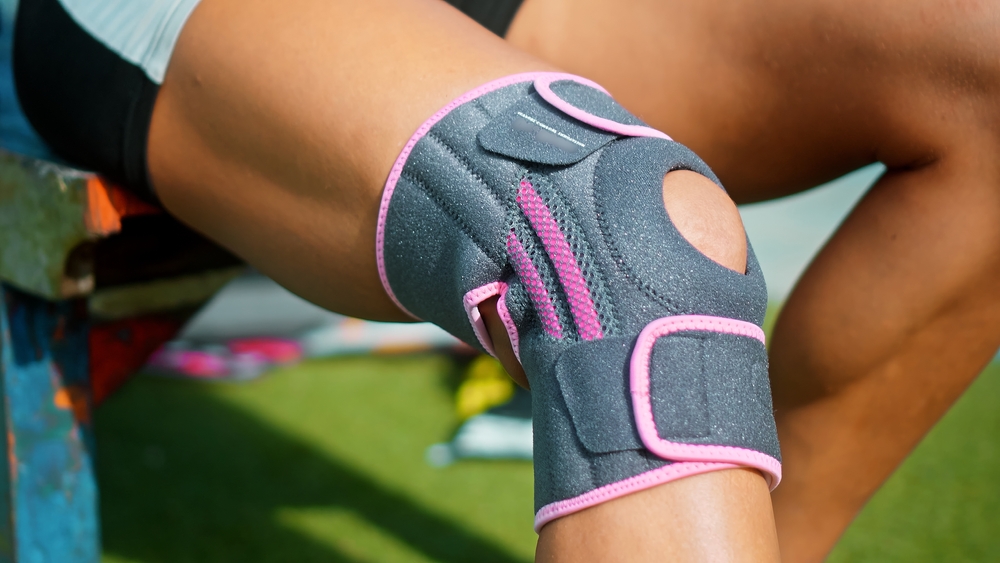
Every once in a while make sure to take your knee brace off and let your skin breathe.
By doing so, you’ll be able to readjust your brace once you decide to put it back on and ensure it’s always correctly positioned, so it doesn’t slide down your leg. You’ll also be able to wipe your leg down from any sweat that might have appeared.
Of course, before you decide to take your brace off, consult your doctor or physical therapist first. Ask him how long can you go without your brace on, and what are the consequences of having your knee unsupported for long periods of time.
Also, always make sure you’re taking your break somewhere where you’re actually able to completely rest. If you can, take a few days off from work or other obligations you may have. Make sure you’re alleviating any pressure from your injured leg.
And, if you need to take a shower or want to go for a swim, never get your knee brace wet! Make sure to take your brace off first, so it can last you longer and stick to your skin better.
6. Go slow and steady
Any brace you wear will limit your range of motion to some extent. So, respect your limitations. Make sure you only do slow and steady motions, as the forceful ones and attempts to bend your knee too much will only make the brace slide down your leg (apart from prolonging your injury, too, of course).
7. Don’t exercise too much
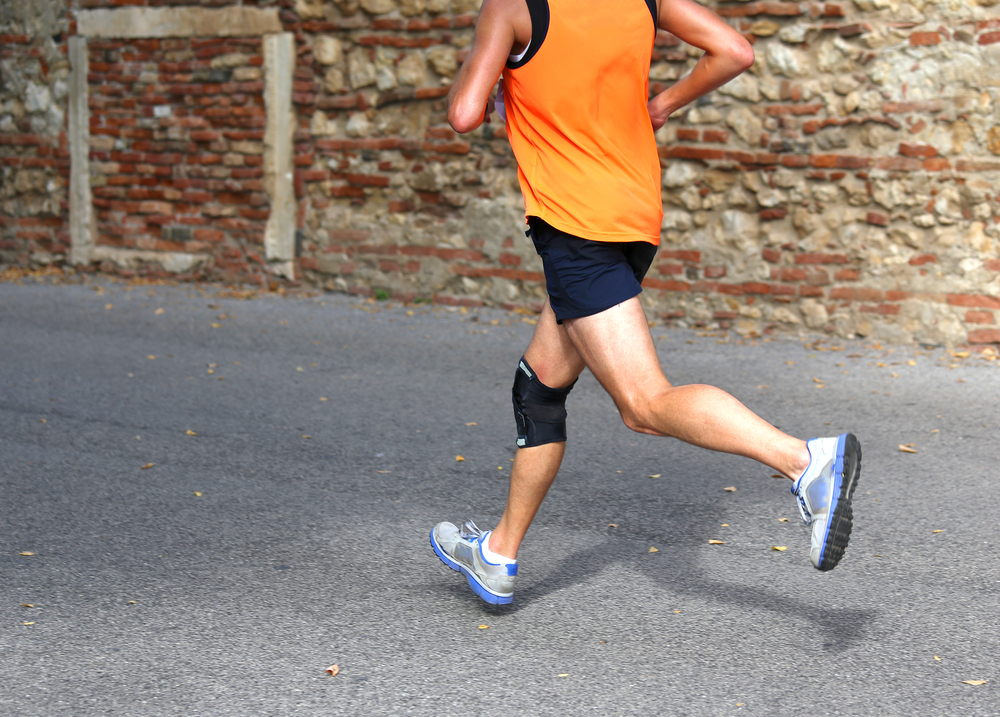
If you’re used to heavy and intense workouts, then this tip is probably the hardest one for you to follow. But you must remember that your focus now should be recovery.
Too much aggressive exercise can, again, make your injury worse and recovery prolonged, and it can also cause your brace to slip down your leg.
So, instead of going for your usual morning run or visiting the gym to lift some weights, try to force yourself to do something easier, like taking a walk. The more careful you are, the sooner you will bounce back.
8. Try using adhesive
For chronic knee injuries, like knee arthritis, you’ll need to wear your knee brace more often. In that case, you’ll also need a little help from a third party, a.k.a. an adhesive, to ensure your brace stays securely on.
Now, this doesn’t mean that you’re supposed to take some super glue and put it on your skin. Don’t even think about that.
Instead, use a small amount of self-adhesive compression bandage under every strap of your brace. This will stabilize your knee and ensure your brace is up.
You can also use self-stick adhesive as some people have found it to be efficient in preventing the brace from slipping and ensuring there’s no uncomfortable pressure on the knee.
9. Or, consider using compression tights
Some people simply HATE the feeling of brace-to-skin contact. And that’s totally okay.
If you happen to be one of those people, you can try using compression tights or leggings to help your brace from sliding down and improve your circulation. Make sure you opt for tights that have a bit of grit on them, so the brace has something to stick to.
Some people say how riding breeches, a.k.a. those pants you wear when riding horses, work just as well. So, if you have a pair of these, you can try them too.
10. Remember to slow down
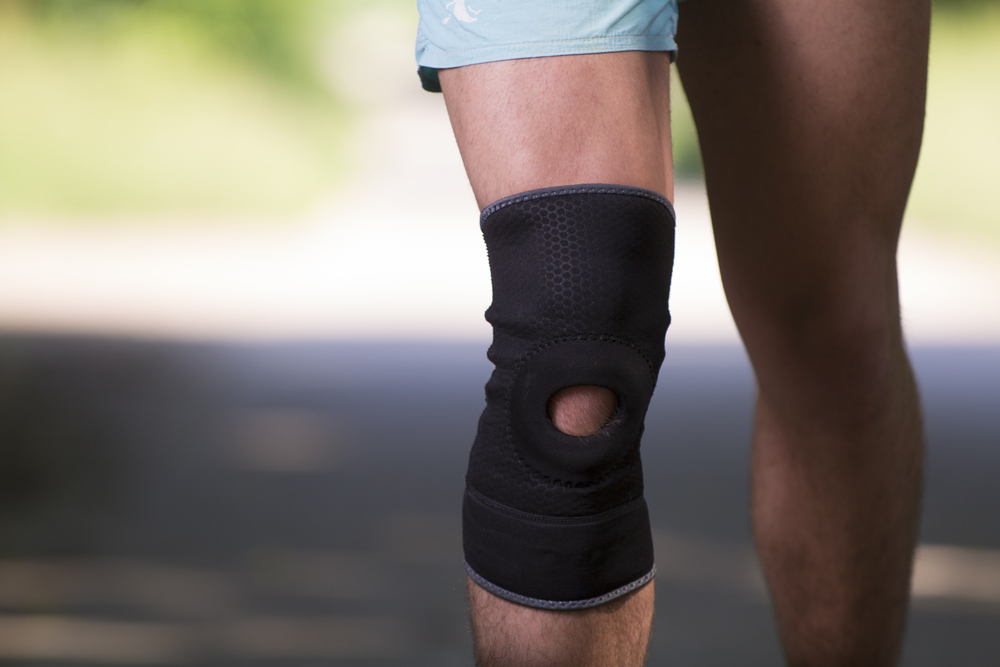
Sometimes, the only answer to your, “How to keep a knee brace from sliding down?” question hides in two simple words: Slow down. Because the reason your knee brace is refusing to stay in place is simply that you’re forcing yourself too much too soon.
When you’re overly active, your knee brace needs to do more and work harder. So, don’t be afraid to give yourself a break. Be patient with your recovery and everything will hopefully return to normal in a matter of days.
11. Ask the expert!
Last but certainly not least, don’t shy away from consulting the expert. Your doctor or physical therapist will undoubtedly know the reason why your knee brace is keep sliding down. He will give you the best advice you need, so don’t be afraid to ask anything.
Remember, there are no stupid questions when it comes to your well-being.
Read more: Should You Buy A Walking Boot For Plantar Plate Tear?
